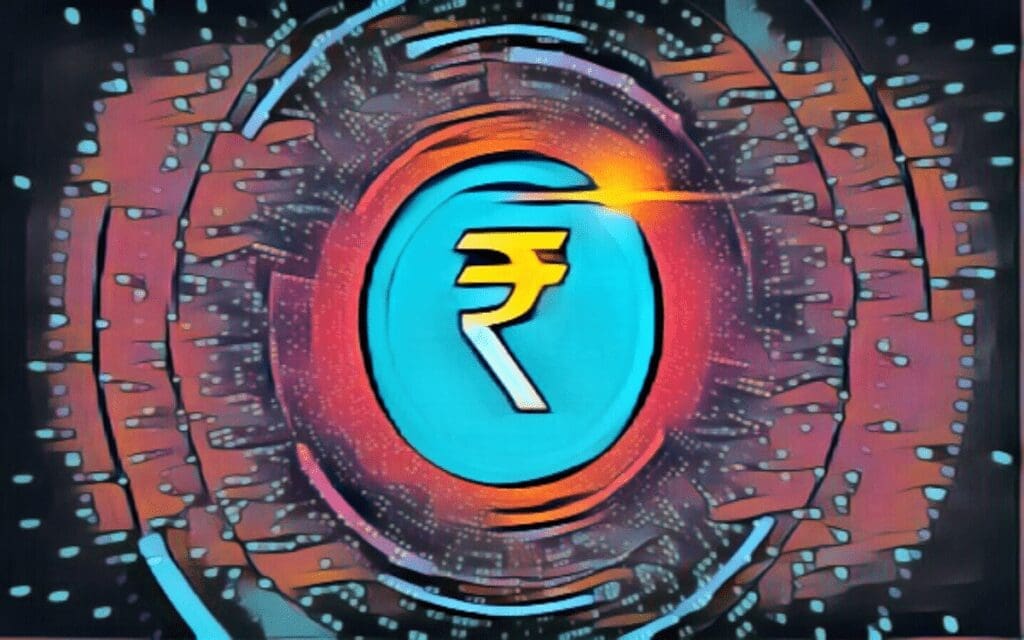In December, the Reserve Bank of India will begin a trial program for retail CBDC. The digital rupee is meant to complement the existing payment system, not to take its place.
The Reserve Bank of India (RBI) is about to launch the retail pilot of the “digital rupee” after testing its use in wholesale transactions. Within a month, the pilot should begin operating.
The RBI is reportedly finalizing its plans for the launch of the retail digital rupee pilot, according to the Economic Times of India. State Bank of India, Bank of Baroda, ICICI Bank, Union Bank of India, HDFC Bank, Kotak Mahindra Bank, Yes Bank, and IDFC First Bank are some of the participants. All of the commercial banks in the country are apparently going to be involved in the pilot at some time.
Each bank taking part in the experiment will use 10,000 to 50,000 people to test the CBDC. The banks will add the new payment option in cooperation with the PayNearby and Bankit platforms. The infrastructure of the CBDC will be under the control of the National Payments Corporation of India (NPCI). According to the undisclosed source’s specifications to Indian journalists:
The e-rupee will be kept in a wallet, and the consumer can request any denomination they choose, much like they can get currency from an ATM. Only a few cities are seeing this launch from banks.
Customers and merchants will both be required to download the CBDC-specific wallets, though the RBI eventually hopes to completely integrate it with current digital banking services. According to reports, rather than replacing the current payment system, the digital rupee is meant to be an addition to it.
The RBI began testing the digital rupee’s wholesale segment on November 1. The secondary market settlement of transactions involving government securities has been its primary use case. At the time of writing, however, there is no information available regarding the wholesale pilot’s successful conclusion.
Also Read:
Cryptocurrency market in India Will Create Job Opportunities

